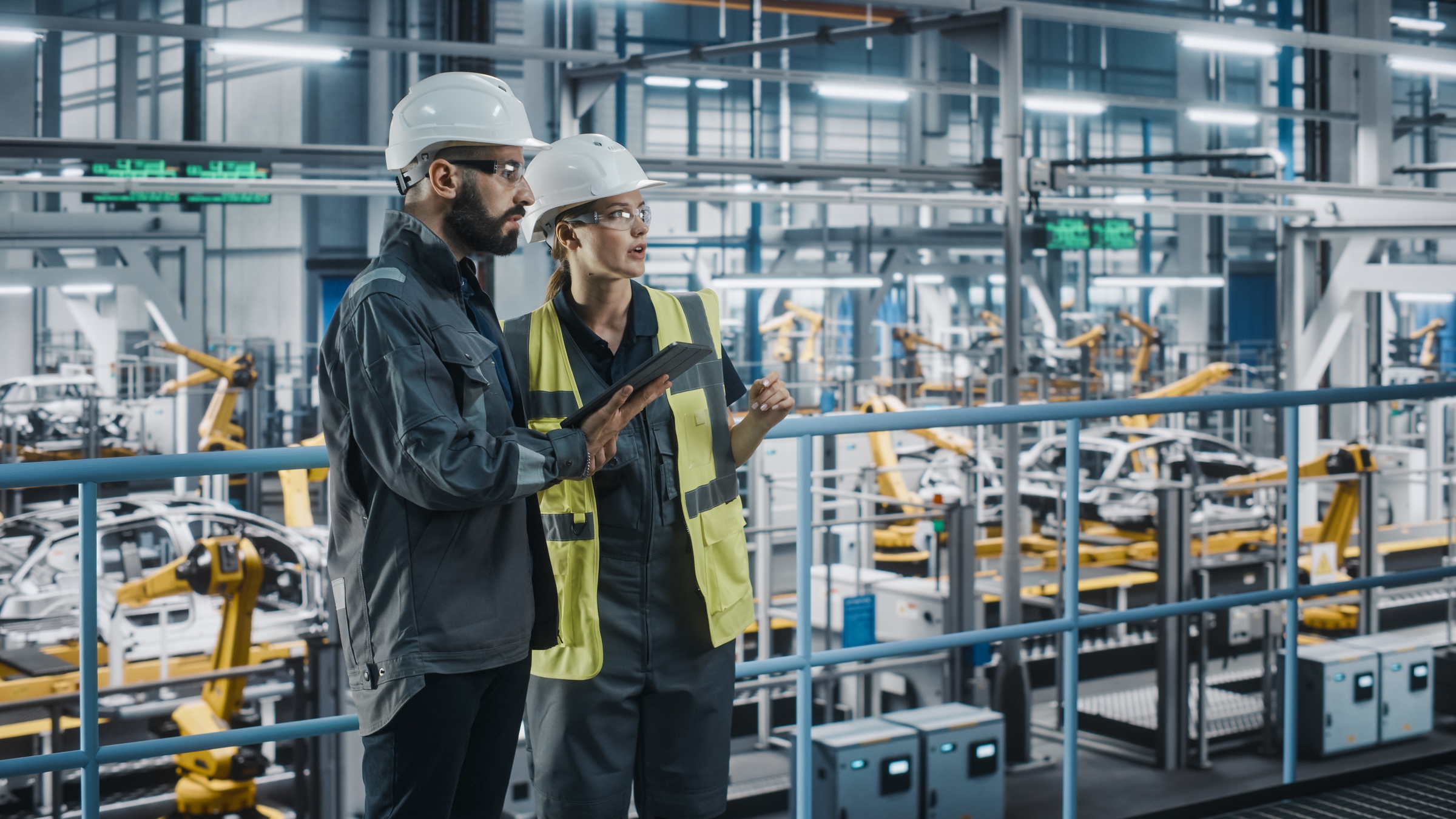
Machines fail. This is an inevitable fact because in the universe we live in, there are gravity, frictions, expansion, dissolution, and deformation. Things age, tight things loosen, solid things soften. Gears wear out. belts break. wheels lose their balance.
Failure is something that we must detect, predict, stop, and prevent, because failure costs a lot of money, time, quality, quantity. But it is useless to fight failure without understanding its nature.
What is failure actually? When can we tell if a machine is faulty? Is it when it stops working, or when it doesn’t produce the things that we want?

In a factory, the machines and the entire system appear to be working properly, but a single shift in the bearing of a part of the entire system can result in huge electricity costs. Can we say that this system is operating perfectly? Failure is not a one-time event. Failure is a continuous process. It starts as a micro event, grows, grows, and turns into a destructive phenomenon.
Machines are like living organisms. Although they look different from each other, their nature is the same. They consist of many components. Whether it’s a simple washing machine or a space station, they contain similar components that perform the same motions, such as rotating, spinning, swinging, repetitive up-and-down or back and forth.
Like living organisms, they need healthcare to diagnose their problems and solve them before it’s too late. If Machines are like living organisms, how can we detect health problems? How can we communicate with the machine and predict which part of the entire system is sick or about to be sick?

As you can see from this graphic, the fault starts shortly after installation. Sometimes it can even happen during installation. This blue area shows the field where the problems are at a very early stage. During this blue period, you cannot monitor and infer the health of machines using traditional maintenance and monitoring options.
After the blue area, the failure becomes larger, and the solution becomes expensive. This is where conventional machine maintenance can only help you to some extent, as breakdown is starting to become palpable with heat and audible noise. It may be too late, and it can be very costly to fix the problem.
At each stage, the machines show all the symptoms associated with their health problems and provide us with clear evidence for diagnosis. If we have advanced tools to detect these symptoms and analyze their causes, we can always keep them health.
The traditional view of failure assumes that the machines and the system run smoothly as long as the machines are running and performing their duties. In order to express more clearly that this point of view is not correct; We should focus on the word ‘‘optimum’’. Optimum means the perfect and ideal state of anything or any system. If the system produces efficiently using minimum energy, we can say that this system is close to the optimum level, but there are many other parameters that we need to compare with each other.
The optimum level ccan be determined by comparing the parameters with each other. Cost, efficiency, safety, quality, quantity…etc. If the health or life of the personnel is in danger, we cannot say that the system works at an optimum level. We cannot be satisfied also with low energy consumption unless our product quality is at the expected level. In order to maximize industrial quality and profitability without sacrificing human life and quality, we must change our perspective on the concept of failure and develop solutions accordingly.
Machines will continue to fail. As long as we live in this universe and are conditioned by it, we cannot change it. But we can change our approach to the failure to live better in this universe.



0 Comments